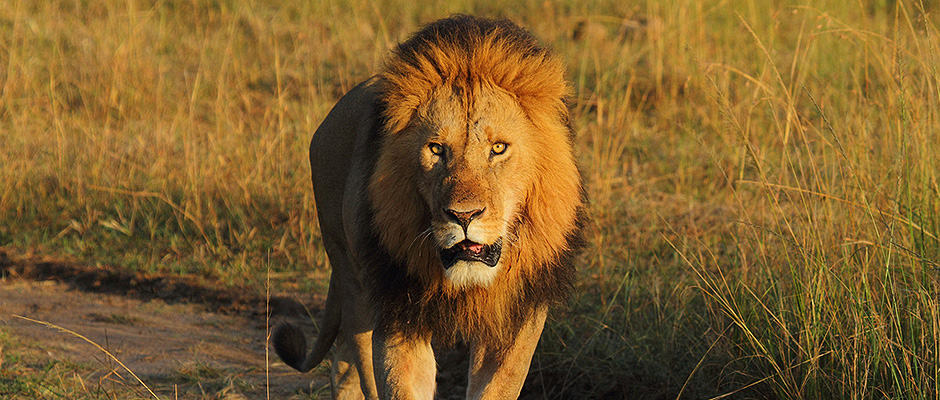Share this article
African Lion Gets Protection under ESA
The U.S. Fish and Wildlife Service (FWS) recently proposed listing the African lion (Panthera leo leo) — a species found only in Africa — as threatened under the Endangered Species Act (ESA). Loss of habitat as well as access to prey such as zebras and wildebeest due to overhunting along with an increase in human-lion conflicts threaten current lion populations. If added, the African lion will join more than 600 foreign species that are not native to the United States but are protected by U.S. law.
Wildlife conservation in the U.S. did not always include foreign species. In fact, the Endangered Species Preservation Act of 1966 only protected U.S. wildlife. Then, in 1969, Congress amended the act to include species in danger of going extinct worldwide. The amendment would prohibit individuals from importing and selling listed foreign species within the U.S. At the time, the U.S. was seeing a lot of export of alligator and import of gorilla parts and products, said Janine Van Norman, chief of the Branch of Foreign Species in the FWS’s Endangered Species Program. Demand for harvest and trade of these species and others brought to light the extent to which people could harm wildlife populations. “Congress didn’t want to see U.S. citizens contributing to the global demise of species worldwide,” Van Norman said.
On June 2, 1970, FWS posted the first list of foreign species to be protected — a total of 226 species including the Asiatic lion (Panthera leo persica), Galapagos hawk (Buteo galapagoensis), Nile crocodile (Crocodylus niloticus), Central American tapir (Tapirus bairdii), and New Zealand bushwren (Xenicus longipes). Today, the ESA protects 625 foreign species. Because these species live in other countries, the U.S. cannot directly manage their habitats like it can with domestic endangered species. Instead, the U.S. protects foreign wildlife by regulating commerce and trade. Among other things, the ESA outlaws import, export, possession, transport, and sales of listed foreign species, except by permit.
These regulations are especially helpful for species such as the southern white rhinoceros that’s plagued by poachers and wildlife traffickers. “Consumerism can drive species towards extinction,” said Van Norman. “That is why it is important to protect [endangered species] and enforce laws that protect them.” For example, global demands for ground rhino horn — an ingredient in some folk remedies — created a market for rhino poachers. Prior to September 2013, the southern white rhino (Ceratotherium simum ssp simum) was the only species of rhinoceros not protected under the ESA, and traffickers were able to import and export (with restrictions) white rhino products. Because the horns of various species are hard to distinguish without genetic testing, poachers were able to mislabel horns taken from protected species and smuggle them into the U.S. under the guise of white rhino trade. By prohibiting sales of the white rhino and its parts under the ESA, FWS succeeded in protecting all wild rhino populations.
In addition, the ESA does more than enforce trade regulations and monitor imports and exports of foreign species. According to Van Norman, listing an endangered or threatened species can call attention to the species and help justify spending on further research efforts. The ESA can also help conservation efforts. For example, the FWS established a Giant Panda import policy in 1995, which requires U.S. zoos with pandas (Ailuropoda melanoleuca) to give a certain amount of their profits back for in situ panda conservation in China. “Some people say we should only take care of wildlife in our backyard,” said Van Norman. “But ours is a bigger backyard than they are talking about.”
Header Image: Image Credit: Sankara Subramanian








